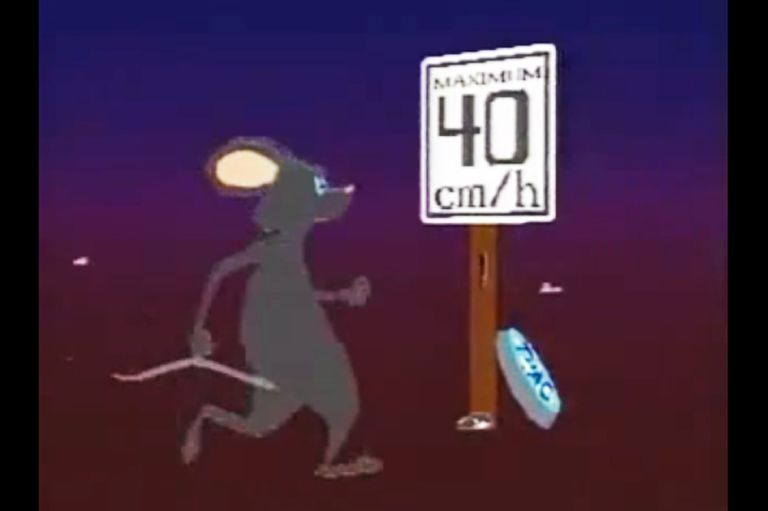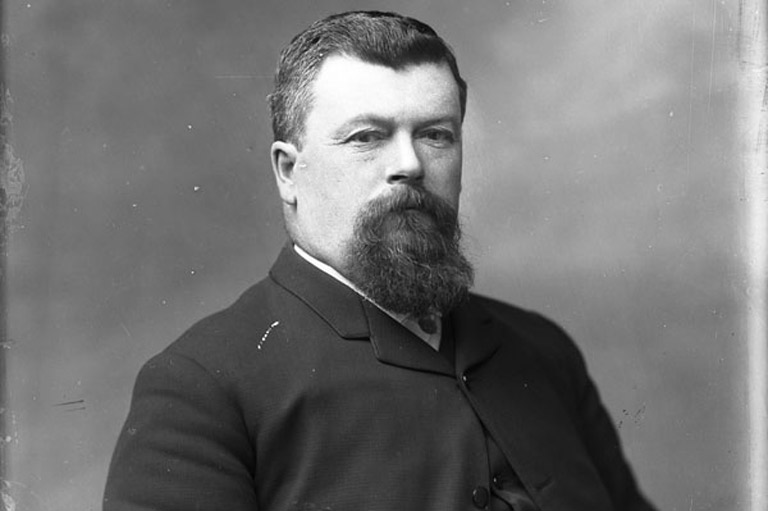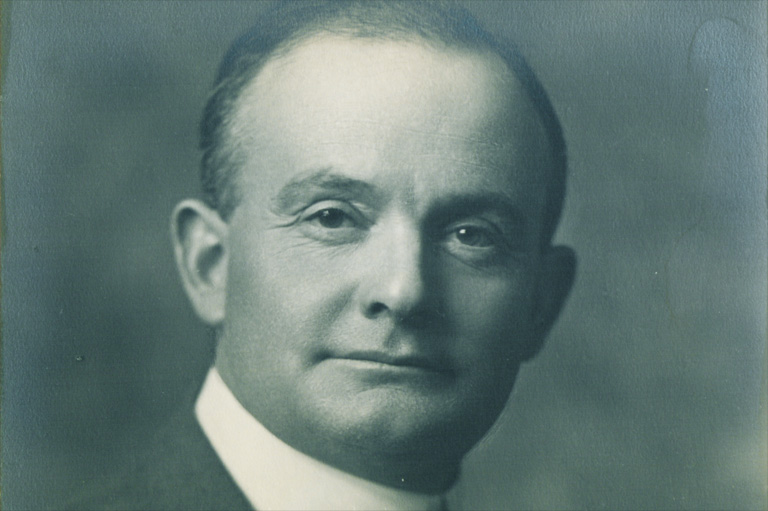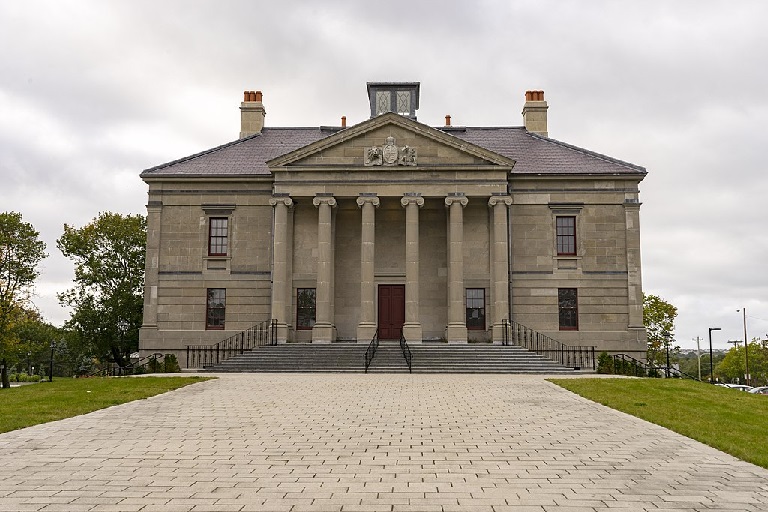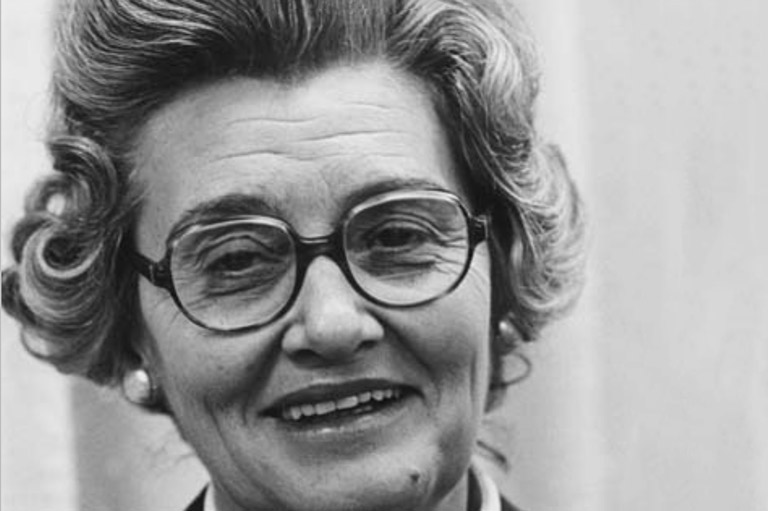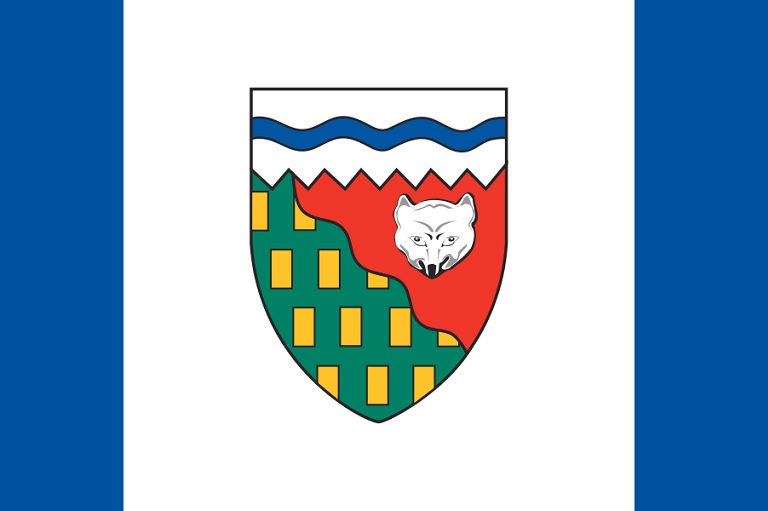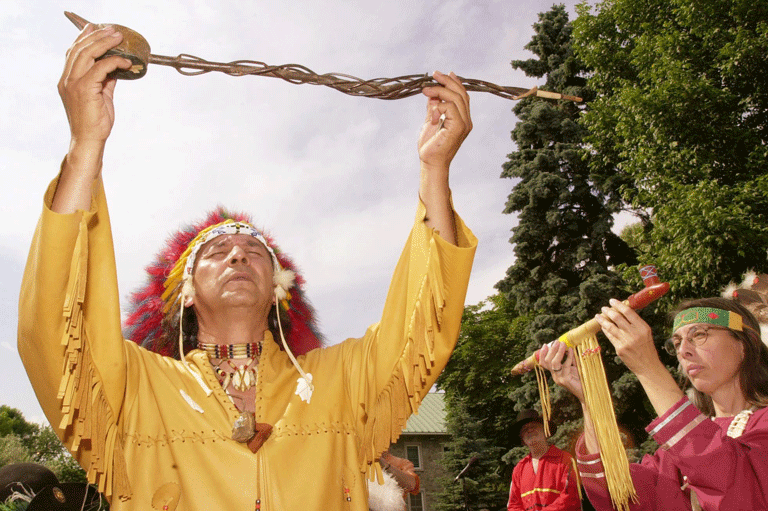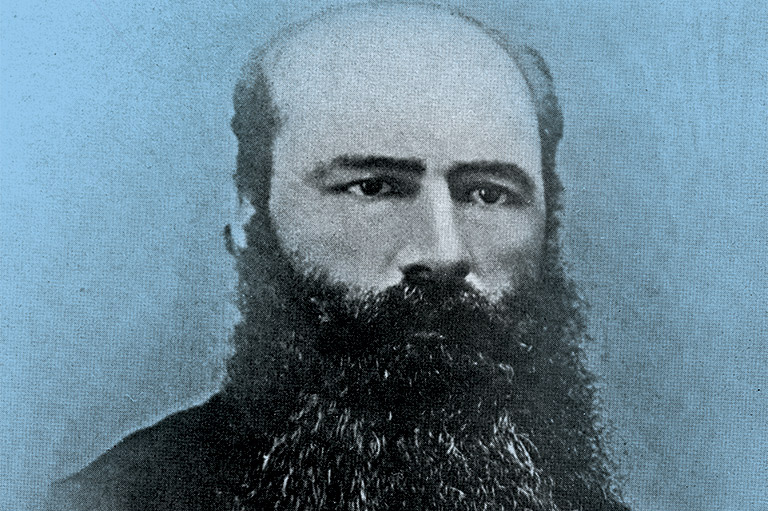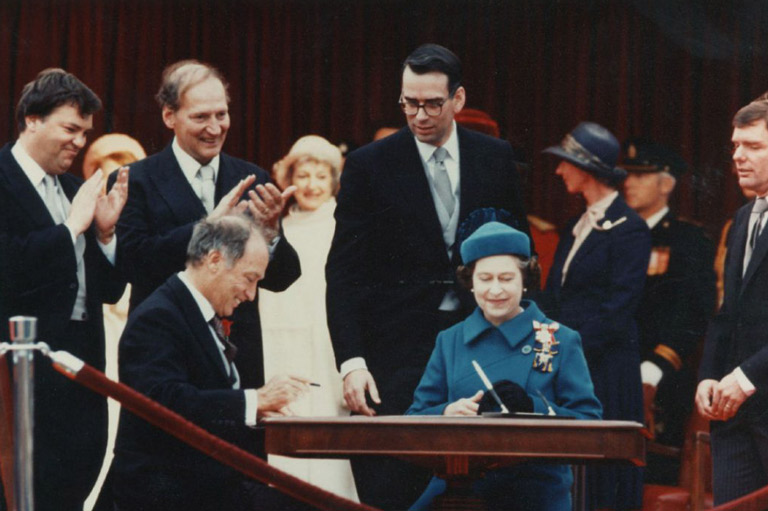Lea's Landslide
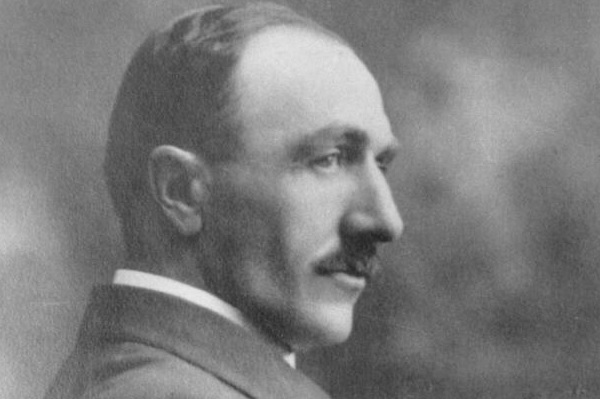
The 1930s were a tough time to be in politics. When the Great Depression set in, Canadians were among the hardest hit and many were forced into a life of poverty — a result of falling wages, high unemployment rates, and plummeting prices on exports. Helpless in the face of a worldwide crisis, Canadians looked to the government for help.
When governments proved unable to restore the faltering economy or provide enough relief, voters didn’t hesitate to give the job to a new leader. After all, they had nothing to lose.
Throughout the 1930s, Canadian governments at all levels were frequently turned over as voters tried to find someone who could to alleviate the effects of the depression. It’s in this context that we look at Prince Edward Island’s 1935 election and Walter Lea’s unprecedented political victory.
Walter Lea was born on February 10, 1874 in Tryon, Prince Edward Island. After a modest upbringing and education, he went on to manage the family farm. Lea always had an interest in politics and in 1915 he was elected to the House of Assembly. A few years later, he was reelected and named Commissioner of Agriculture.
When Premier Saunders joined the Supreme Court in 1930, Walter Lea was called on to form the Liberal government. He became the first farmer-Premier and undertook many initiatives to improve and diversify the island’s agricultural industry. However, his reign was short-lived and lasted just over a year. In 1931, his government was defeated when the Conservatives won 28 of the island’s 30 seats. Lea assumed the seat of Leader of the Opposition.
Four years later, Prince Edward Islanders were at the polls again. Lea was still vying to become Premier, although he was now suffering from poor health. He directed his campaign from a hospital bed for six weeks, and then from his home for the remainder of the election. He made only one public appearance during the entire campaign.
The circumstances of Lea’s campaign made the election results all the more astounding. When the votes were counted, Lea’s Liberals had swept the province. It was the first time in the history of the British Commonwealth that a party won every political seat and was left without an opposition in the House. Members of the Liberal party unofficially took on the role of opposition, providing voices of criticism to the government. In addition to assuming his duties as Premier, Lea took on the portfolios of Agriculture and Provincial Secretary.
Newspapers across the country carried the story of Lea’s victory, which reflected a broader change in Canadian provincial politics. When the Great Depression hit, many Canadian provinces elected Conservative governments with the hope that they would be able to control the economic crisis. However, by the mid-1930s, little had been done to alleviate the effects of the depression and voters began to elect new governments. Prince Edward Island was the last of six provinces to replace their Conservative government with a Liberal one. Just three months later, a similar change played out on the federal stage, as Mackenzie King’s Liberal party defeated the Conservative government.
Walter Lea’s victory was an unprecedented feat that was not be repeated until 1987, when Frank McKenna won all fifty-nine seats in New Brunswick. In the context of the Great Depression, Lea’s landslide win indicated that the people of Prince Edward Island, like the rest of their fellow Canadians, were ready for a change. Sadly, Walter Lea passed away a few months after his historic win. However, regardless of who was in charge, it seems that no government could stop the depression and Canada’s economy didn’t improve until the outbreak of the Second World War.
Themes associated with this article
Advertisement
More Provincial Game-Changers
Save as much as 40% off the cover price! 4 issues per year as low as $29.95. Available in print and digital. Tariff-exempt!

